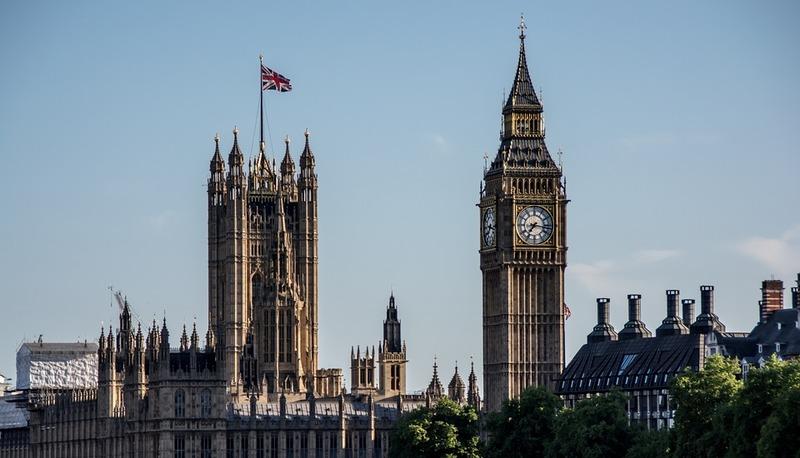Concetti Chiave
- The Anglo-Saxon period began in 449 with invasions by Jutes, Angles, and Saxons, introducing Old English and establishing a society centered on family and tribal values.
- Christianity spread in Britain in the 6th century with St. Augustine founding a monastery at Canterbury, influencing religious and cultural development.
- The Norman Conquest in 1066 by William the Conqueror introduced the French language and feudal system, leading to church-state conflicts like the murder of Thomas à Becket.
- Decline of feudalism in the 13th century saw the Magna Carta's signing and the establishment of Parliament, shaping future governance.
- Social unrest marked the later Middle Ages with events like the Peasants' Revolt and the War of the Roses, reflecting tensions across social classes.
Anglo-Saxon (old English 449 - 1066)
Angles-Normans (Middle English 1066 - 1485)
Invasione anglo-sassone e società
The Anglo-Saxon period coming when, in 449, the tribes of Jutes (from Denmark) and the Anglo and Saxon (from Northen Germany) invaded England. The germanic tribes brought with them a common language called Anglo-Saxon or Old english, and they divided the country in 7 kingdom (wich will be invaded from Vikings). Anglo-Saxon society was based on the family, clan, tribes, kingdom and on values such us courage, loyality, honesty, generousity. In the 6th century Christianity began ti spread in Britain and S.Augustine estabilished a monastery at Canterbury.
Conquista normanna e cambiamenti
In 1066 at the Battle of Hastings the Saxon King Arold was defeated by William the Conqueror. The battle marked the invasion and the occupation of the country by the Normans. They imposed the French language and they also introduced the feudal system.  Because of the strenght of the Church, conflict arose between Church and State and that led to the mureder of Thomas à Becket. In the 13th century feudalism began to decline. The nobles forced King John to sign Magna Charta. The following years saw the foundation of Parliament. The 2d part of the period was marked by discontent among the poor (that led to Peasent' Revolt) and by th Hundred Years' War (a war for the possession of the French crown). Later there was a bloody civil war for the possession of the English crown known as War Of Two Roses. Society was based upon rank and each person was classified according to his or her place on the social scale. At the top of that, there was the nobilty and below them, were the knights. Next, traders and craftmen. At the buttom were the "villeins", unfree people.
Because of the strenght of the Church, conflict arose between Church and State and that led to the mureder of Thomas à Becket. In the 13th century feudalism began to decline. The nobles forced King John to sign Magna Charta. The following years saw the foundation of Parliament. The 2d part of the period was marked by discontent among the poor (that led to Peasent' Revolt) and by th Hundred Years' War (a war for the possession of the French crown). Later there was a bloody civil war for the possession of the English crown known as War Of Two Roses. Society was based upon rank and each person was classified according to his or her place on the social scale. At the top of that, there was the nobilty and below them, were the knights. Next, traders and craftmen. At the buttom were the "villeins", unfree people.
Domande da interrogazione
- Quali furono le principali tribù che invasero l'Inghilterra durante il periodo anglosassone?
- Quale evento segnò l'inizio della conquista normanna dell'Inghilterra?
- Quali furono le conseguenze del declino del feudalesimo nel XIII secolo?
Le principali tribù che invasero l'Inghilterra furono i Juti dalla Danimarca e gli Angli e i Sassoni dalla Germania settentrionale.
L'inizio della conquista normanna dell'Inghilterra fu segnato dalla Battaglia di Hastings nel 1066, dove il re sassone Aroldo fu sconfitto da Guglielmo il Conquistatore.
Il declino del feudalesimo portò alla firma della Magna Charta da parte di Re Giovanni, alla fondazione del Parlamento, e a disordini sociali come la Rivolta dei Contadini e la Guerra delle Due Rose.






 Accedi a tutti gli appunti
Accedi a tutti gli appunti
 Tutor AI: studia meglio e in meno tempo
Tutor AI: studia meglio e in meno tempo